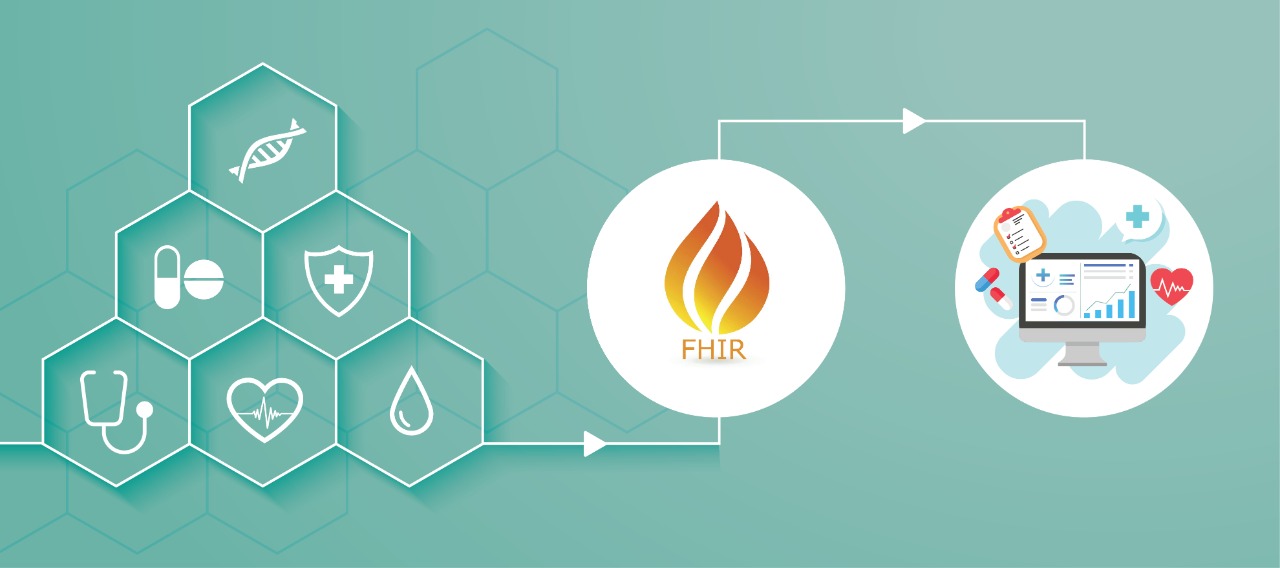
A Complete Guide to FHIR in Healthcare App Development
A clinic decides to build an App to detect a rare disease at its earlier stages from the analysis of patients' data. They just develop the app and connect it to the healthcare systems (Including an HER) to feed patient data into the AI engine. They also loop the AI-processed data back into an EHR.
So if you are someone who is wondering about FHIR in healthcare app development and why it matter in the healthcare sector. We at B2C Info Solutions is here for you with an inclusive guide to the same.
Let’s dive into it
What is FHIR and Why does it Matter in Healthcare?
Today, healthcare applications don’t cut it anymore unless they integrate with other clinical software. E.g electronic health record systems or clinical decision support solutions.
Health Data needs to flow freely and securely between different digital products to enable better outcomes for patients. That’s where FHIR comes in.
FHIR is a data standard for healthcare data exchange. It defines the type of health data and its formats for apps that want to share this data.
For an instance- When an application needs to fetch a patient vitals from EHIR, it needs to know What kind of data is available, and what command should send to ask the EHR for this data. What responses the app can receive to process them more correctly?
All of the above is handled by FHIR API, developed under the guidance of HL7 a non-profit organization working on the standards for healthcare interoperability.
And by the way, we forgot to tell you that Fast Healthcare Interoperability Resources, and that tells you that it is fire.
What is SMART?
SMART was a similar initiative by healthcare data interoperability advocates who at some point decided to join their efforts with FHIR/HL7.
SMART stands for Substitutable Medical Applications, Reusable Technologies — a specifications framework that lays down the standards for health data interoperability.
The idea sprung in 2010 on the heels of smartphone innovations and presumed there should be a common API for exchanging health data. As a result, healthcare providers could easily swap out different applications by independent vendors to see what’s working best for them.
Before SMART on FHIR, their only option was to turn to their EHR vendors to build necessary applications that could access EHR data because of closed APIs.
Role of Smart on FHIR in Healthcare App Development
When do you need SMART on FHIR? This technology standard comes into play when you develop a health app that uses protected health information (PHI), pulling or sharing it with other external systems. In 99% of cases, that’s a health app integrated with an EHR/EMR system, or a patient app/portal, or a clinical data warehouse.
Building your app using SMART on FHIR, you’re making your health app future-proof as it will be much easier to integrate it with other applications. Let’s briefly review other advantages of SMART on FHIR integration.
Perks of SMART on FHIR
We already kind of get the main upside of the technology (improved interoperability), but what are some other SMART on FHIR benefits?
How B2C Info Solutions can help in FHIR for healthcare app development?
One of the most exciting experiences B2C Info Solutions had with the technology is when we were building a practice management solution integrated with EHRs. Our engineers opted for SmartJS, a JavaScript client for FHIR integrations, which saved us a ton of development time as we were able to integrate the practice management system with Epic and AllScripts EHRs in a matter of weeks (rather than months).
To know more connect with us at info@b2cinfosolutions.com




